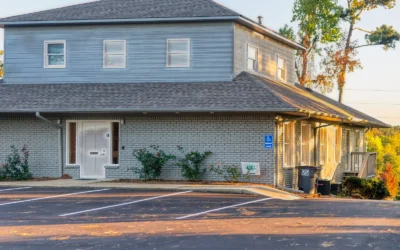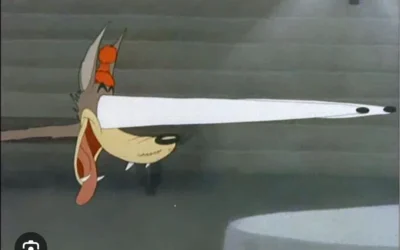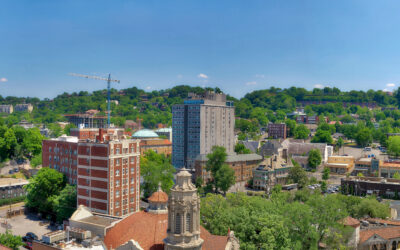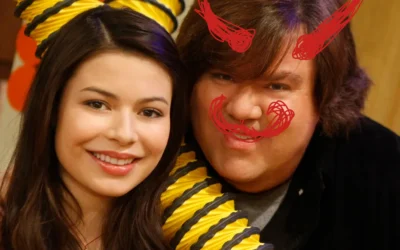
Sculpture by Michael Benisty at Burning Man 2022 in the Black Rock desert of Gerlach, Nevada.
Bibliography
Assagioli, R. (1965). Psychosynthesis: A collection of basic writings. Hobbs, Dorman & Company.
Berne, E. (1964). Games people play: The psychology of human relationships. Grove Press.
Bowlby, J. (1969). Attachment and loss, Vol. 1: Attachment. Basic Books.
Erikson, E. H. (1950). Childhood and society. W. W. Norton & Company.
Firman, J., & Gila, A. (1997). The primal wound: A transpersonal view of trauma, addiction, and growth. State University of New York Press.
Franz, M.-L. von. (1980). Projection and re-collection in Jungian psychology: Reflections of the soul. Open Court.
Hillman, J. (1975). Re-visioning psychology. Harper & Row.
Jung, C. G. (1954). The practice of psychotherapy: Essays on the psychology of the transference and other subjects. Pantheon Books.
Jung, C. G. (1963). Memories, dreams, reflections. Pantheon Books.
Jung, C. G. (1966). Two essays on analytical psychology (2nd ed.). Princeton University Press.
Jung, C. G. (1969). The archetypes and the collective unconscious (2nd ed.). Princeton University Press.
Kalsched, D. (1996). The inner world of trauma: Archetypal defenses of the personal spirit. Routledge.
Leman, K. (2009). The birth order book: Why you are the way you are. Revell.
Main, M., Kaplan, N., & Cassidy, J. (1985). Security in infancy, childhood, and adulthood: A move to the level of representation. Monographs of the Society for Research in Child Development, 50(1-2), 66-104.
Miller, A. (1981). The drama of the gifted child: The search for the true self. Basic Books.
Rowland, S. (2002). Jung: A feminist revision. Polity Press.
Schwartz, R. C. (1995). Internal family systems therapy. Guilford Press.
Siegel, D. J. (1999). The developing mind: How relationships and the brain interact to shape who we are. Guilford Press.
Stein, M. (1998). Jung’s map of the soul: An introduction. Open Court.
Stern, D. N. (1985). The interpersonal world of the infant: A view from psychoanalysis and developmental psychology. Basic Books.
Stone, H., & Stone, S. (1989). Embracing our selves: The voice dialogue manual. New World Library.
Sullivan, B. S. (1989). Psychotherapy grounded in the feminine principle. Chiron Publications.
Sulloway, F. J. (1996). Born to rebel: Birth order, family dynamics, and creative lives. Pantheon Books.
Tacey, D. (2001). Jung and the New Age. Brunner-Routledge.
Tacey, D. (2013). The darkening spirit: Jung, spirituality, religion. Routledge.
Van der Kolk, B. A. (2014). The body keeps the score: Brain, mind, and body in the healing of trauma. Viking.
von Franz, M.-L. (1975). C.G. Jung: His myth in our time. G.P. Putnam’s Sons.
Whitfield, C. L. (1987). Healing the child within: Discovery and recovery for adult children of dysfunctional families. Health Communications.
Winnicott, D. W. (1965). The maturational processes and the facilitating environment: Studies in the theory of emotional development. International Universities Press.
Woodman, M. (1982). Addiction to perfection: The still unravished bride. Inner City Books.
Young, J. E., Klosko, J. S., & Weishaar, M. E. (2003). Schema therapy: A practitioner’s guide. Guilford Press.


























0 Comments